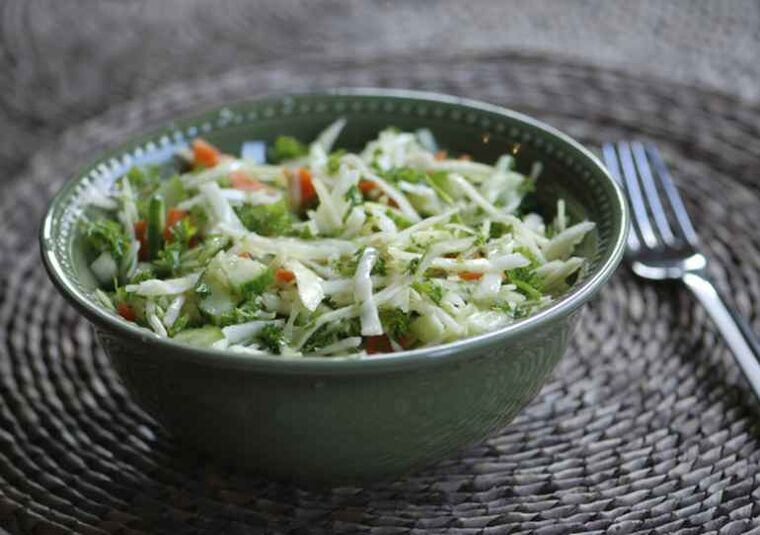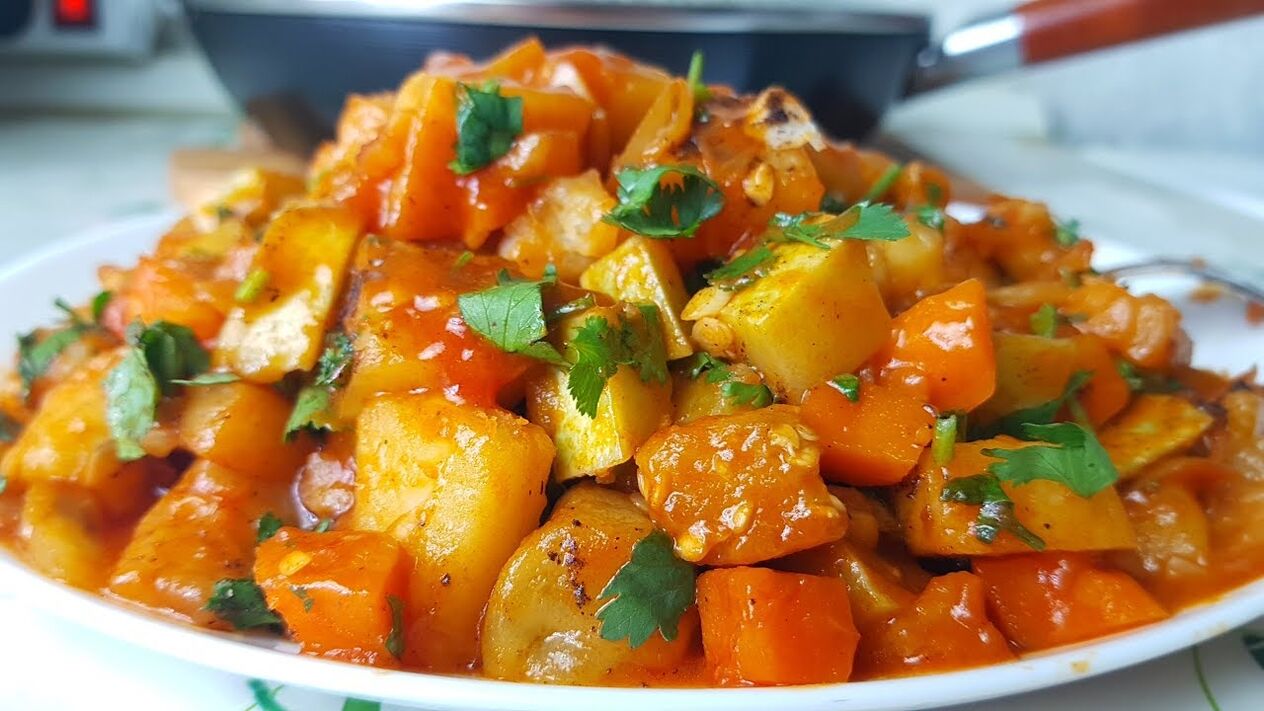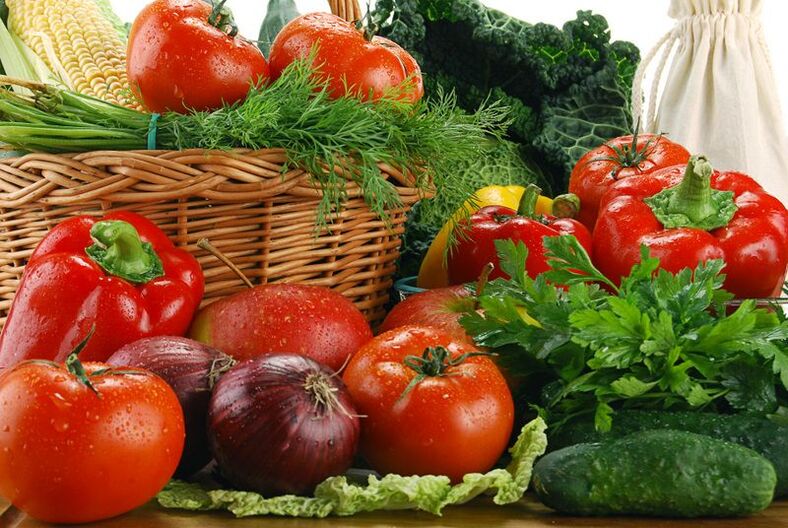The occurrence of gout is due to the accumulation of urate in the body. In most cases, the attack will manifest itself unexpectedly at night. The symptoms of gout at this time are as follows: severe pain in the inflamed joint area (usually the big toe), swelling and redness of the joint itself, and systemic diseases-fever, weakness, abdominal pain.
Gout, diet, and treatment are all interrelated. The treatment of gout is a long process, but the first task is to stop the attack itself and relieve the pain syndrome. In the future, proper nutrition is very important, because reducing the consumption of products containing urate (urate) will slow down the development of diseases. The nutrition of gout is a problem that deserves close attention, because the normalization of nutrition helps to recover quickly and increase the time interval between disease recurrences. Gout products can only be consumed within a certain range, so there are many rules you need to know about the patient’s menu and nutrition.
Menu and diet
First of all, we will consider the main points of nutrition and find out what kind of diet the gout patient should eat. Doctors advise patients to exclude animal proteins from their diets, but they are not only harmful to gout patients-animal fats and easily digestible carbohydrates are also dangerous.

Food for gout should be eaten often, but the food should be small. Therefore, patients should eat five or six times during the day and arrange fasting days at least once a week.
On fast days, you can eat fresh vegetables and fruits. In addition, they can be eaten raw or boiled (but do not contain salt). It is important to remember that you should only eat one type of vegetable or fruit during the day, such as baked potatoes or raw apples.
In addition, there is a very popular choice for fasting days-rice and apples. As the name suggests, the patient should eat rice and apples on this day, but the porridge itself must be prepared. Therefore, in order to cook porridge on fast days, you need to cook 75 grams of rice in 750 milliliters of milk-this is part of the day's food. Congee should be eaten in three meals a day. Apples can be eaten up to 250 grams, and it is best to boil them or make sugar-free candied fruit.
Of course, although many exceptions will be introduced below, the gout menu should not be monotonous. This is very important because the body must receive all the necessary substances. Therefore, you need to pay attention to a balanced diet.
Gout recipes
Here are some healthy and delicious gout recipes.
Vegetarian borscht. To make borscht, you need the following products: 160 grams of beets, 160 grams of potatoes, 60 grams of carrots, 140 grams of cabbage, 40 grams of onions, 100 grams of fresh tomatoes, 25 grams of parsley, 40 grams of sour cream.
Boil the beets until they are half-cooked, and then grind them on a coarse grater. Then put all the vegetables (including beets) into a container, add water and cook until everything is ready. Place the borscht on the table, season with sour cream and add chopped parsley.
Another recipe allowed by the gout diet is the recipe for potato soup. Therefore, potato soup is made from the following products: water, potatoes, ½ eggs, butter, flour, sour cream (25 g), vanilla.

The cooking process is very simple-peel and boil the potatoes, drain the water into a separate container, and wipe with a sieve. Next, you need to prepare the sauce, dry the flour in the oven, dilute it in 40 grams of potato soup, and boil it. Mix potato soup, mashed potatoes and prepared sauce together, add eggs and butter. Boil everything again and serve, season with sour cream and add vanilla.
Of course, the diet for gout is not monotonous. According to this, patients can not only eat liquid foods, but also eat various grains and side dishes. The following are some examples of the second course of treatment that can be included in the patient's diet.
Vegetable stew. When cooking, you need to prepare 6 potatoes, 3 carrots, 1 onion, 1 cup of green beans, and 1 tablespoon. A spoonful of butter, 100 grams of sour cream, and a pinch of salt.
Chop the onions, fry them in oil, then add the diced carrots to the pan and simmer. After the carrots have softened, add cooked green beans, cooked diced potatoes, sour cream and salt, simmer all the ingredients for about 15 minutes, serve, and drizzle with butter.
The nutrition of gout allows patients to eat porridge. For example, buckwheat. So, you can cook buckwheat porridge like this: Pour 50 grams of buckwheat into 100 grams of water, add a pinch of salt, stir well, cover the pot, and heat it over medium heat. After the porridge has absorbed all the water, continue to cook for 20-30 minutes. Add 4 grams of butter to the finished porridge.
Mineral water, especially medicinal mineral water, has a good effect on the treatment of gout. Gout mineral water can be drunk every day or as a fasting day-only medicinal mineral water can be drunk during the day.
There are many other recipes for gout, and you can easily find them on the Internet or in the literature. However, this shows that the menu is very diverse and you can choose the right food for anyone. However, there are still prohibited foods for gout, which should always be remembered.
What can you eat for gout
Therefore, we will first consider what can be eaten for gout, and then list the foods that cannot be eaten for gout.

Patients with gout can eat almost any vegetable in their diet without fear. The only exceptions are spicy ones (such as radish and horseradish), as well as sorrel, celery, spinach, and broccoli.
In addition, the gout diet allows you to eat any fruit, including exotic fruits (grapefruit, oranges, tangerines). You can eat low-fat dairy products and dairy products (low-fat cheese and kefir). Chicken, especially quail eggs are very useful.
From the fat, you can eat a little butter and any kind of vegetable oil. Highly recommend whole wheat cereals, natural honey and nuts.
In summary, you can:
- Vegetables (except spicy);
- Fruit, berry
- Low-fat dairy products;
- Drink more water;
- Eggs and cooked chicken.
What can't you eat for gout
Knowing what foods can be eaten for gout, now consider what not to eat for gout. Therefore, patients with gout are strictly prohibited from eating any type of bacon. The intake of meat and fish is very small, but salt should be completely eliminated from the diet as much as possible.
Foods for gout also completely exclude the following foods:
- beans,
- pea,
- mushroom,
- beans,
- Salou,
- Spices (except bay leaves and vinegar).
Tea or coffee, alcoholic beverages and carbonated water are also not allowed. It is forbidden to drink broth, even broth, as well as chocolate and cocoa.
Therefore, by following all dietary recommendations, you can improve the patient's condition and prevent the development of gout.






























